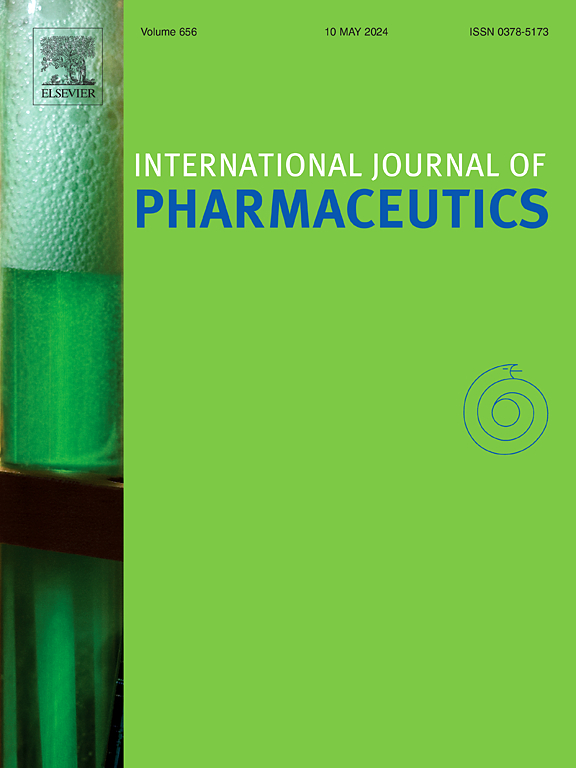Radical scavenging effect of skin delivery systems using Korean red ginseng extract and assessment of their biocompatibility with human primary dermal fibroblasts and HaCaT keratinocytes
IF 5.3
2区 医学
Q1 PHARMACOLOGY & PHARMACY
引用次数: 0
Abstract
Korean red ginseng (KRG) extract is proposed for cosmetic use, but no data on biological effects of KRG-loaded vehicles exist. The study aimed to optimize new multi- and monophase vehicles for KRG extract delivery, assess their biocompatibility and evaluate their radical scavenging effect in vitro. Storage stability of oil-in-water nanoemulsions (NEs) and hydroalcoholic gels (2 % w/w KRG) was assessed over twelve weeks using dynamic light scattering, rheology and pH measurements. Release profiles of ginsenosides Rb1 (more hydrophilic) and Rg1 (moderately lipophilic) through a cellulose membrane were also investigated employing Franz diffusion cells. Antioxidant potential and biocompatibility were assessed via 2,2-diphenyl-1-picrylhydrazyl (DPPH) and cell viability assays. Vehicles remained stable over twelve weeks at 8 °C (NEs Dh stable, gel viscosity + 3.5 %). Diffusion studies showed higher release of Rg1 vs. Rb1 (7.10 vs. 1.39 µg/cm−2 after 28 h). KRG-formulations demonstrated good biocompatibility with primary human dermal fibroblasts and HaCaT keratinocytes (72–94 % viability). Radical scavenging capacity of KRG extract did not differ between pure and incorporated form and was lower than that of a Hypericum extract or ascorbic acid. Results render KRG-formulations a potentially promising alternative to conventional antioxidants used in daily products.

求助全文
约1分钟内获得全文
求助全文
来源期刊
CiteScore
10.70
自引率
8.60%
发文量
951
审稿时长
72 days
期刊介绍:
The International Journal of Pharmaceutics is the third most cited journal in the "Pharmacy & Pharmacology" category out of 366 journals, being the true home for pharmaceutical scientists concerned with the physical, chemical and biological properties of devices and delivery systems for drugs, vaccines and biologicals, including their design, manufacture and evaluation. This includes evaluation of the properties of drugs, excipients such as surfactants and polymers and novel materials. The journal has special sections on pharmaceutical nanotechnology and personalized medicines, and publishes research papers, reviews, commentaries and letters to the editor as well as special issues.

 求助内容:
求助内容: 应助结果提醒方式:
应助结果提醒方式:


